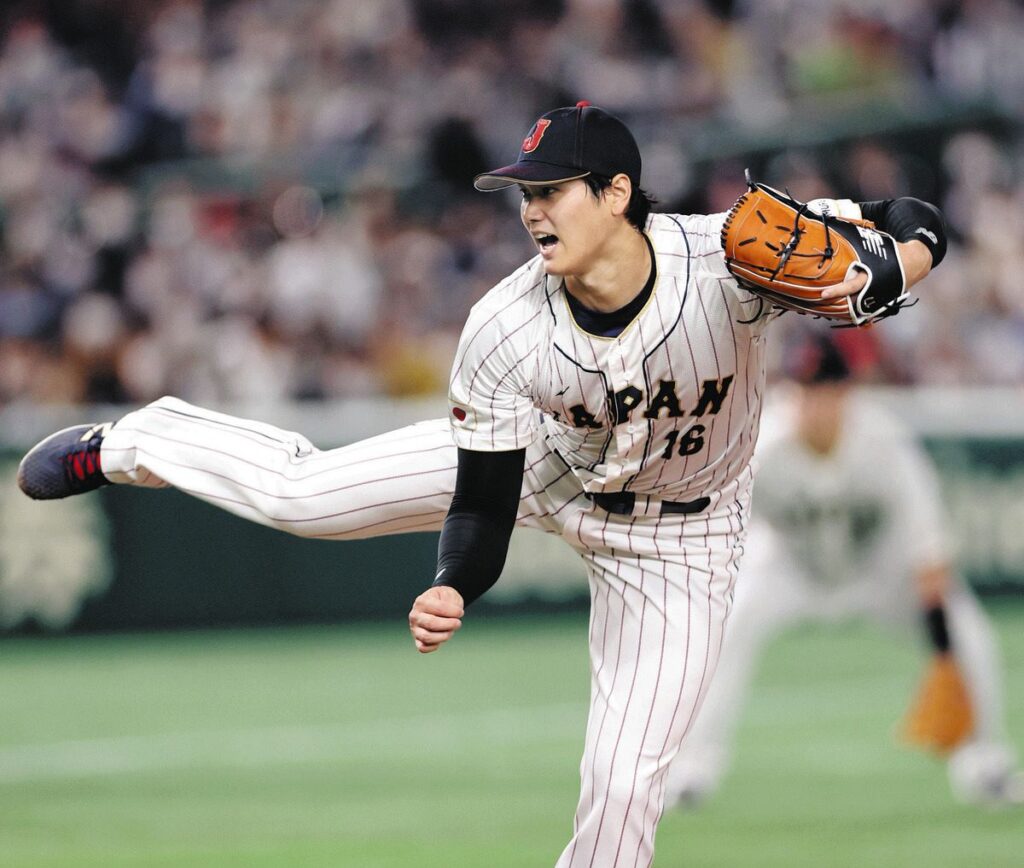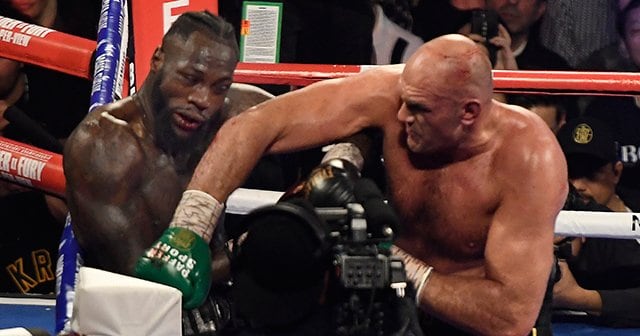
Kendo is a traditional Japanese martial art that refines technique and spirit.
Among these, the tsuba zeriai is one of the technical aspects frequently seen in kendo matches, and is an important moment in which the players engage in technical and psychological tactics.
However, it is extremely important when learning kendo to accurately understand the illegal acts that occur during these close encounters and to deal with them appropriately.
In this article, entitled “What is a foul in Kendo’s tsuba-sozoro? A thorough explanation of the rules,” we will clarify the details of the foul in kendo’s tsuba-sozoro and the rules.
We will explain the situations in which a close fight occurs, specific examples and definitions of foul behavior, and points to avoid foul play.
We hope that this article will be helpful to those who strive to maintain fair competition and improve their techniques during Kendo training and competitions.
目次
- 1 Introduction: The basics of tsuba soroshi in kendo
- 2 Rules for tsuba confrontation in kendo
- 3 Foul act during close encounter
- 4 Points to avoid fouls
- 5 Frequently Asked Questions: About the violation of close contact
- 5.1 Q1: What are the most common causes of fouls in tsubajarezō?
- 5.2 Q2: Is it permissible to push the opponent during a Tsuba Sosaku match?
- 5.3 Q3: Is it illegal to buy time by fighting each other?
- 5.4 Q4: Is it possible to steal the opponent’s shinai during a tsuba attack?
- 5.5 Q5: What is the penalty if a violation is recognized?
- 5.6 Q6: Is it permissible to raise your voice during a tsubasaki fight?
- 5.7 Q7: Are foot techniques (such as ashiwaki) allowed during Tsuba-sarri fights?
- 5.8 Q8: Is it possible to block the opponent’s view in a close combat?
- 5.9 Q9: Is it permissible to hold down the opponent’s shinai during a tsubazasaku fight?
- 5.10 Q10: Is it illegal to touch the opponent’s armor during a close fight?
- 6 Summary: Understanding the fouls of close contact and aiming to improve technique
Introduction: The basics of tsuba soroshi in kendo
The tsuba match in kendo is one of the most tense moments in the competition.
This phase is an important one that tests not only the Kendo technique, but also the athlete’s mental fortitude and strategy.
Here, we will explain the basics of tsuba-sokai and the situations in which it occurs.
What is a close encounter?
Tsubazeriai refers to a situation in Kendo where two players use techniques while touching each other with the tsuba of their bamboo swords.
In this phase, rather than simply competing on strength, players try to read the opponent’s psychology and secure superiority in technique and position.
The tsuba tsuba match is not only a place to practice techniques, but it can also be said to be a place to embody the spirituality of kendo.
Situation where tsuba confrontation occurs
There are a wide variety of situations in which tsuba confrontations occur, but they are mainly seen in the following situations.
- After launching an attack, when the opponent’s defense is encountered and the tsuba of each shinai touch each other.
- When you intentionally close the distance and engage in a close combat to block your opponent’s movements.
- As a strategic choice to prevent the opponent’s attack while waiting for a chance to counterattack.
Tsuba Sosokyo is also a tactical move that attempts to establish a psychological advantage by applying pressure on the opponent.
For this reason, the techniques and strategies developed during the tsuba-sare battle become a barometer for measuring a player’s ability in kendo.

Rules for tsuba confrontation in kendo
Kendo’s tsuba tsuba competition is not only a technical exchange between players, but also a place for mental bargaining.
There are rules for behavior in this phase to respect the spirit of Kendo and maintain fair competition.
Below, we will explain the correct way to proceed with a Tsuba Sosori match, as well as the tactics and techniques that are allowed.
Correct way to proceed with Tsuba Sapporo
There are a few basic principles you need to understand in order to proceed correctly with Tsuba Sosoregai.
- Respect each other’s manners : Before and after starting a tsuba shogi, exchange bows to show respect for the other person.
- Maintain an appropriate distance : When fighting Tsuba, maintain an appropriate distance between yourself and your opponent. If the distance is too close, it will be difficult to hit the technique accurately, and if it is too far away, it cannot be called a tsuba-soroku match.
- Strive for fair competition : Avoid using brute force to force your opponent, and strive for fair competition based on technique and strategy.
Permissible tactics and techniques
Some of the tactics and techniques that are allowed during a close call include:
- Koteuchi : An attack against the opponent’s wrist. Find an opening in your opponent’s tsuba and quickly strike with a small hand.
- Men-uchi : An attack on the opponent’s face. If you can take a moment from the tsuba approach and hit the men, it will be recognized as an effective hit.
- Pushing : Technical pushing is allowed, but it is used to gain points by keeping the opponent off balance, and forcing the opponent by force is a violation.
- Footwork (footwork) : Footwork during a close fight is important in order to create effective attack opportunities. Moving forward or retreating at the right time will lead to a successful attack.
The use of these tactics and techniques in Tsuba Sosorose is based on observing the basic rules and etiquette of Kendo.
Acts that rely solely on force or attacks that cause harm to the opponent are strictly prohibited as they go against the spirit of Kendo.
Don’t forget that Kendo is a way to respect others and improve yourself, and aim to grow mentally as well as hone your technique.

Foul act during close encounter
The tsuba tsuba battle in kendo is an important aspect of competition, not only in terms of technical skill, but also from a spiritual perspective.
However, in this tense situation, any act that deviates from the rules may result in a foul.
Here, we will explain common foul acts in tsuba tsuba siege and specific situations in which fouls are recognized.
Common offenses and their definitions
The following are some of the foul acts that may occur during a confrontation.
- Use of excessive force : Forcibly pushing or attempting to push someone down. Kendo is a competition of skill and spirit, and using force is considered a violation.
- Attacking an inappropriate target : It is a foul to attack an unprotected body part or in a manner that undermines the fairness of the game.
- Buying time : Intentionally prolonging a tsuba confrontation to buy time and disrupt the flow of the match can also be considered a violation.
- Use of unnecessary language : Saying inappropriate words to your opponent during a confrontation. In Kendo, etiquette is respected, so this is considered a violation.
Specific circumstances in which foul play is recognized
The following are examples of situations in which a foul may be recognized in a tsuba confrontation.
- Forcibly forcing an opponent out of the ring using a Shinai sword or body : Unless it occurs naturally within the flow of the competition, intentionally pushing an opponent out of the ring is a foul.
- Intentionally causing the opponent to drop his or her bamboo sword when breaking up a tsuba-so-so fight : It is considered a violation to reduce the opponent’s will to fight by using an unfair method rather than fighting using technique.
- Obstructing the progress of a match by not resolving a long-running tsuba shogi : It is natural for tsuba shogi to become an opportunity for technical exchange, but it is against sportsmanship to disrupt the progress of a match by prolonging it too much. You will be subject to a violation.
These illegal acts in kendo tsuba-soroshi are not only related to technical ability, but also to the mental attitude when practicing kendo.
Growth as a swordsman begins with maintaining fair competition while observing the rules and etiquette.

Points to avoid fouls
Kendo’s tsuba tsuba battle is one of the aspects of the competition that requires the most skill.
Engaging in safe and fair tsubasobutsu matches not only improves your technique as a swordsman, but also improves your spirituality.
Here, we will introduce some points to avoid foul play and aim for better kendo.
Tips for having a safe and fair Tsuba Sosai match
- Remember to respect your opponent : Kendo begins with the spirit of respecting your opponent. Let’s keep this spirit in mind even when we are fighting each other.
- Maintaining a proper distance : By keeping an appropriate distance while engaging in tsuba-sareki, you will avoid using excessive force and will be able to have technical exchanges.
- Exercise self-control : Even in situations where emotions tend to run high, try to remain calm and compete fairly.
- Accurately understand the rules : In order to avoid illegal behavior, it is first necessary to accurately understand the rules. If you have any questions, ask your instructor or seniors.
Things to keep in mind during practice
- Practice faithfully to the basics : Techniques for Tsuba Sosorai can also be learned from the basics of Kendo. Focus on the basics and strive to learn correct posture and techniques.
- Incorporate simulation : By performing simulations that simulate actual matches, you will acquire the ability to respond to various situations. In particular, it is important to practice how to set up and release techniques from Tsuba Sosari.
- Training of mental strength : Kendo is a martial art that not only moves the body but also trains the mind. During practice, you will also learn how to improve your concentration and how to deal with mentally demanding situations.
- Be conscious of not committing a foul : avoid actions that could lead to a foul during your daily practice, and aim to improve your technique by following the rules.
In order to avoid foul play, it is essential not only to learn the techniques, but also to understand and practice the spirit of Kendo.
Through repeated practice, you will naturally acquire these points and will be able to engage in safe and fair Tsuba Soroshi.
Keeping these points in mind as you progress on the path of Kendo will be a shortcut to your growth.

Frequently Asked Questions: About the violation of close contact
There are many questions about foul play in kendo tsuba-soroshi fights. Below, we answer these common questions in Q&A format.
Q1: What are the most common causes of fouls in tsubajarezō?
A1: The most common causes are excessive force or unnecessary physical contact. In kendo, technique and spirit are valued, so acts of brute force or inappropriate attacks are considered a violation.
Q2: Is it permissible to push the opponent during a Tsuba Sosaku match?
A2: Technical pushing is allowed, but using excessive force to forcefully push an opponent is a violation. A tsuba tsuba match is a technical contest, and it is against the spirit of kendo to control the opponent by force.
Q3: Is it illegal to buy time by fighting each other?
A3: Yes, intentionally delaying the progress of a match can be considered a foul. Buying time by prolonging the battle excessively is considered an act that undermines the fairness of the match.
Q4: Is it possible to steal the opponent’s shinai during a tsuba attack?
A4: The act of stealing a shinai itself is recognized as a technique, but depending on the method, it may be considered a violation. If you harm your opponent or use unnecessary force when taking the shinai, you will be subject to a foul.
Q5: What is the penalty if a violation is recognized?
A5: If a foul is recognized, various penalties may be imposed on the relevant player. The specific penalty will vary depending on the severity of the violation and the rules of the match, but it may include severe penalties such as point deductions or, in some cases, disqualification.
Q6: Is it permissible to raise your voice during a tsubasaki fight?
A6: In Kendo, it is common to raise your voice to raise your spirits, and it is also allowed during matches as an expression of encouragement and spirit. However, inappropriate shouting to intimidate an opponent or actions that intentionally disrupt the opponent’s concentration may be considered a foul.
Q7: Are foot techniques (such as ashiwaki) allowed during Tsuba-sarri fights?
A7: Foot techniques are generally not allowed in Kendo matches. Techniques such as foot sweeps and kicks are considered illegal if they exceed the range allowed within the rules of kendo. Kendo is a martial art based on swordsmanship, and using foot techniques goes against its spirit.
Q8: Is it possible to block the opponent’s view in a close combat?
A8: Deliberately blocking the opponent’s view violates sportsmanship and is a violation. Matches must be held under fair conditions, and actions that unduly limit the ability of an opponent are not permitted.
Q9: Is it permissible to hold down the opponent’s shinai during a tsubazasaku fight?
A9: The act of holding down the Shinai itself may be accepted as part of the technique, but using excessive force or holding it down for a long time may be considered a violation. Acts that are beyond technical control are considered to be inconsistent with the spirit of Kendo.
Q10: Is it illegal to touch the opponent’s armor during a close fight?
A10: Yes, the act of touching your opponent’s armor is clearly considered a violation for safety reasons. This includes things like grabbing the straps of the mask or the torso. In Kendo, the safety of the opponent and oneself is given top priority, so such acts are strictly prohibited.
These Q&As are intended to clarify commonly asked questions regarding fouls in Kendo Tsuba Sapporo.
In Kendo, not only technique but also mentality is important, so your actions during a match must always be in accordance with this spirit.

Summary: Understanding the fouls of close contact and aiming to improve technique
In Kendo, tsuba-sare is an essential element for improving technique, mind, technique, and body.
However, violations that occur during this process can be a major hindrance to the swordsman’s own growth.
Avoiding foul play means more than just following the rules.
This is an expression of respect for the spirit of Kendo and respect for the opponent, and it also promotes self-control and the refinement of technique.
In order to avoid committing fouls, improving your technical skills is essential, but just as much mental maturity is required.
Kendo is not just a competition of swordsmanship skills, but also a place where the hearts of the two players collide.
This mental growth forms a swordsman in the true sense of the word.
Advice for daily practice
Improvement of technology
- Stick to the basics : Make sure to thoroughly practice basic techniques before moving on to advanced techniques. If you have the basics right, you can reduce the risk of committing a foul during a match.
- Training in situational judgment : Train your situational judgment through daily practice so that you can quickly judge when to use a technique and when to retreat in a close-up battle.
spiritual training
- Calmness of mind : Try to maintain calmness not only during practice, but also in your daily life. Mental stability is directly linked to calm judgment during games.
- Respect for others : Always remember to respect and honor others. The spirit of Kendo emphasizes not only the mastery of technique, but also respect for one’s opponent.
body conditioning
- Improve your strength and flexibility : Also focus on regular strength training and improving your flexibility. Good physical condition makes it easier to avoid using unnecessary force that could lead to a foul.
Kendo training should aim not only at improving technique, but also at spiritual growth.
In order to avoid mistakes and master the essence of Kendo, aim to improve the trinity of technique, mind, and body through daily practice.





